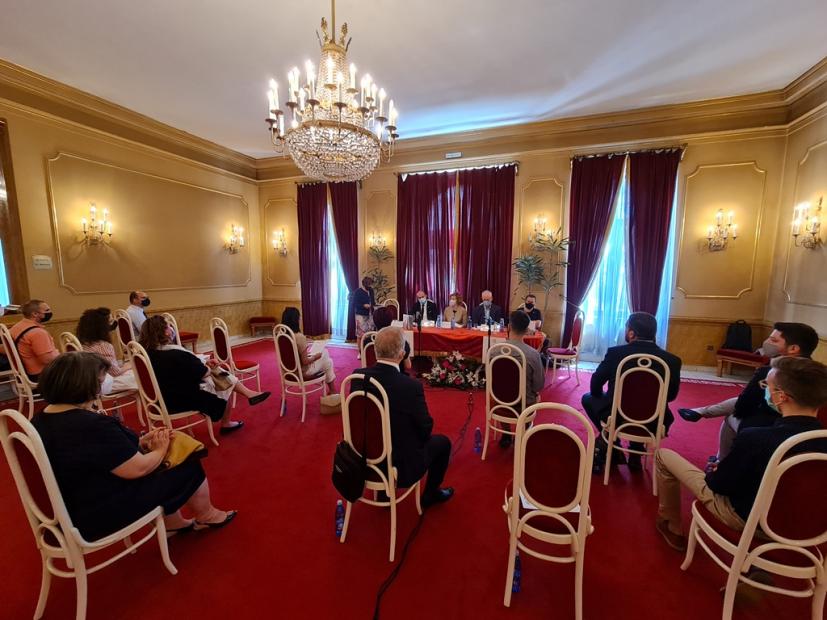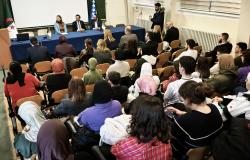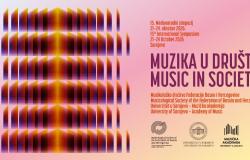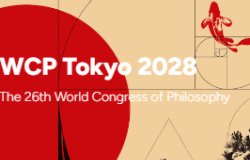Monograph Judicial Palace. Study on protection of building's facade Promotion Held

On Thursday, 24 June 2021, at the National Theater in Sarajevo, the promotion of the judicial Palace. Study on protection of building's facade by Lemja Chabbouh-Akšamija, Mirza Hebib, Ammar Akšamija and Dženis Avdić was held. This is a publication of the Faculty of Law of the University of Sarajevo published in the spring of 2020, which is the result of the work of two faculties of the University of Sarajevo - Law and Architecture, within the joint project "Study of facade canvas protection of the Judicial Palace . This project of special interest for Sarajevo Canton was supported by the Ministry of Science, Higher Education and Youth of Sarajevo Canton. The concept of the project is based on its interdisciplinary character and social significance, with the aim of developing awareness of the importance of restoring cultural heritage, urban history and “institutional architecture.”
As part of the promotion, the introductory speech was given by Prof. Dr. Hajrija Sijerčić-Čolić, Faculty of Law, University of Sarajevo Dean, who especially pointed out that the existence of the Judicial Palace mixes the contents of different disciplines, which it connects with natural ties, which is why the issue of renewal and protection of the most representative space of BiH justice and university education is very important. and preventing the collapse of one of the last architectural endeavors from the Austro-Hungarian period.
Prof. Dr. Rifat Škrijelj, University of Sarajevo Rector greeted attendees, emphasizing that this publication, which was created as a result of joint work of the Faculty of Architecture and Law of the University of Sarajevo, is the best indicator of the academic community's determination to actively contribute to preserving the Judicial Palace. has the status of a national monument of Bosnia and Herzegovina, but testifies to a time and its architecture that marked that time. “The significance of this building, of its exceptional beauty and style, which houses several very important institutions, must be recognized in the wider community. That is why this study is a kind of new beginning of the approach to our cultural heritage and a way and a signpost that we should follow in preserving public buildings of special importance“ said Rector Škrijelj.
Prof. Dr. Melika Husić-Mehmedović, Minister of Science, Higher Education and Youth, expressed satisfaction with her participation in the promotion. She said that she had the opportunity to read the monograph in question and as such truly recommends it to everyone. She also expressed satisfaction that the promotion of the monograph also raised the issue of renovation, and expressed support in finding a way to finance the renovation of the Judicial Palace, as one of the most representative facilities in Sarajevo.
The promoters: Prof. Dr. Fikret Karčić, Prof. Dr. Lemja Chabbouh-Akšamija spoke in more details. Prof. Karčić emphasized that the promoted publication reminds the public of the symbolic significance of the building on the right bank of the Miljacka, which now houses the Faculty of Law, the Rectorate of the University of Sarajevo, the Municipal and Cantonal Court and the Penitentiary. The symbolic significance is reflected in the fact that it was built in the period 1912-1914. years since the outgoing Austro-Hungarian monarchy, marking the significant changes that the country has made in the social and legal life of Bosnia and Herzegovina. The monarchy decided to build this imposing palace after the annexation of Bosnia and Herzegovina and with its grandeur and style it wanted to emphasize the two transformations it brought to this Balkan country. The first transformation was the transition from the Islamic civilization of the Ottoman cultural circle to the European civilization, the transition from the region of Ottoman Europe (Avrupa-i Osmani) to the region of Central Europe (Mitteleuropa). The second transformation was the transition from Islamic legal culture to the legal culture of European continental law or civil law. These two transformations were the result of the forty-year rule of Austria-Hungary over Bosnia and Herzegovina, which the Monarchy understood as a "cultural mission". In that sense, by building the Judicial Palace, the Monarchy wanted to symbolically show the results of its mission. Prof. Chabbouh-Akšamija said that the production of such a publication, which included the Study of Facade Canvas Protection, is the most correct way and a key first step in preserving cultural heritage. She emphasized that the reversibility procedure applied within the project led to the original condition of the building, after which the current condition was analyzed, and using available and adequate protection methods, to have the final solution for the newly designed condition to return building’s former glory.














